ChatGPT sta facendo scalpore nel mondo SEO, lasciando i copywriter mediocri tristi e frustrati mentre lottano per trovare $1 per offerte di 100 parole di nuovo.
Non utilizzo ChatGPT per scrivere articoli per wpctrl.com, perché mi piace esprimere i miei pensieri, ma ho una certa esperienza con altri progetti in cui ho sperimentato contenuti generati dall'intelligenza artificiale.
E posso dirtelo per certo – I contenuti generati dall'intelligenza artificiale possono essere individuati fin dal primo sguardo.
Salvo che…metti un po' di lavoro e rendilo tuo, modificarlo, e formattarlo in modo elegante.
Ho raccolto la parte superiore 5 segni che indicano che hai semplicemente copiato e incollato un articolo generato dall'intelligenza artificiale direttamente da ChatGPT.
1. La struttura del titolo
Da adesso, dovresti sapere che sollecitare l'IA lo è 90% del lavoro. Fornire istruzioni chiare e dettagliate su come desideri che sia scritto il tuo articolo è essenziale per la qualità del risultato.
In genere, se dici a chatGPT di scriverti un articolo, la maggior parte delle volte utilizzerà lo stesso modello (A meno che tu non fornisca il titolo SEO completo).
Siti Web che forniscono suggerimenti SEO pronti all'uso o estensioni di Chrome come AIPRM può aiutarti a diversificare i suggerimenti utilizzati, ma anche allora i titoli sembrano sempre gli stessi.
[La tua parola chiave o argomento]: Cosa hai bisogno di sapere o La guida definitiva, o Un viaggio attraverso la storia
Ottieni il punto dopo il “:” le cose sembrano molto innaturali e uguali. Il più importante – c'è uno schema.
Cosa puoi fare per migliorare i tuoi titoli?
La cosa migliore è scrivertelo da solo. Se sei davvero pessimo nel trovare un titolo, chiedi a chatGPT di darti 3 o 5 Titoli SEO subito dopo aver terminato il tuo articolo.
Puoi provare alcuni di questi suggerimenti da seo.ai.
Richiesta;
“Scrivere 3 esempi di titoli di post di blog alternativi con CTR più elevato per [argomento].”
Richiesta;
“Suggerisci titoli di post di blog accattivanti relativi al seguente elenco di parole chiave SEO:…”
Richiesta;
“Suggerire 5 idee per il titolo del post del blog per la parola chiave [parola chiave] mirati [pubblico].”
2. Intro ripetitive che raccontano la stessa cosa
La maggior parte degli articoli SEO generati dall’intelligenza artificiale seguono la stessa struttura. Espressioni ripetitive e strutture delle frasi.
- Una breve introduzione che racconta di cosa tratterà questo articolo
Spesso ti ritroverai con il primo paragrafo con l'intestazione “introduzione” che includerà qualcosa di simile:
“In questa guida, daremo un'occhiata più da vicino [your topic or keyword]
The purpose of this article is to explore the advantages and disadvantages of [ your topic]
In questo articolo, we’ll provide you with a comprehensive guide on how to…
It is essential for content creators to carefully review their AI-generated text and assess its overall quality. Repetitious paragraphs are common for 1-click AI generators, especially on harder topics that will require more data and info.
3. Paragrafi della stessa lunghezza
While symmetry can be beneficial in various aspects of life, it may not always be the optimal choice for your article.
When every paragraph in your text is of identical length, it could indicate a potential issue.
One of the most apparent red flags is the absence of nuance and creativity, suggesting that the content lacks the personal touch of a human writer who genuinely cares about their work.
4. Titolo finale nominato “Conclusione”
Another big tell is the wrap-up of your article, while it looks natural to have something like “Conclusione” to finish your article, if this is in 99% of your articles again it screams AI.
Try to have original headings, that will also be better for your SEO. The heading named “Conclusione” says nothing about what’s in it.
5. Nessuna immagine, citazioni, collegamenti, o blocchi speciali

Just a wall of text.
Is this what most of your posts look like? Copy-paste is pretty easy, but won’t get you anywhere.
You have to put in the additional work.
Add some value, download some images or other graphic content, and design the blog post as a landing page.
Make it human-like, silly, throw a joke, cite someone, add a video, put an emoji anything.
6. L'articolo manca di profondità e non riesce a offrire alcun valore significativo
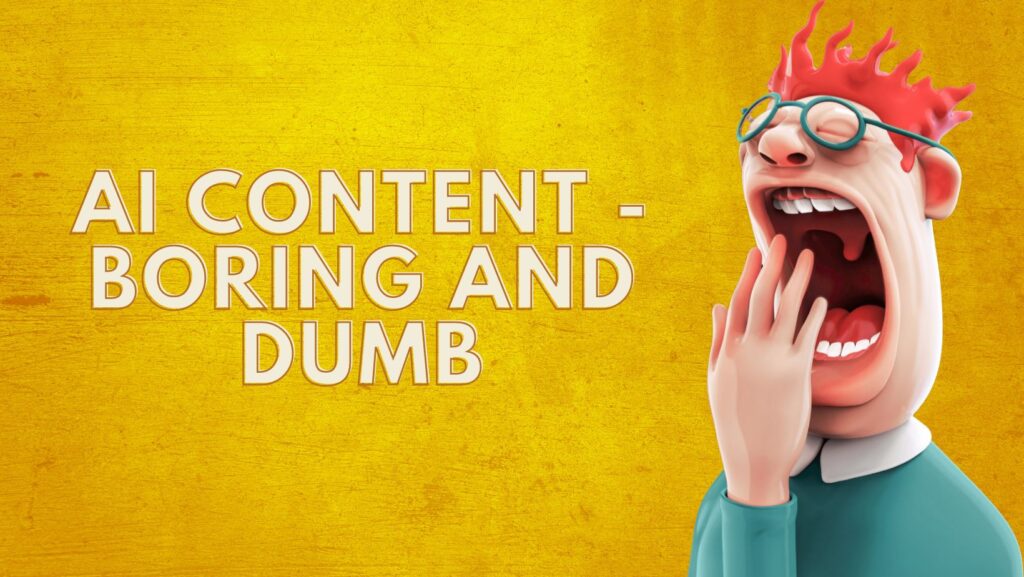
AI writers may struggle to capture the nuances and intricacies of certain subjects, risultando in articoli superficiali e poco coinvolgenti che non riescono a fornire approfondimenti sostanziali o informazioni preziose.
It is essential for content creators to carefully review their AI-generated text and assess its overall quality.
7. Troppo “lanugine”
La confusione nei contenuti generati dall'intelligenza artificiale si riferisce a parole o informazioni non essenziali che non migliorano il punto principale dell'articolo.
Include dettagli non necessari, frasi ripetitive, linguaggio eccessivamente descrittivo, e contenuto dettagliato che aggiunge lunghezza senza valore.
Fluff può anche derivare dall’uso eccessivo di avverbi, aggettivi, e frasi che non contribuiscono sostanzialmente al messaggio.
Cosa puoi fare per ridurre la lanugine?
Puoi semplicemente chiedere all'IA di rimuovere tutta la lanugine, quindi incolla il testo.
La chiave è modificare spietatamente il contenuto generato dall’intelligenza artificiale per rimuovere eventuali parole o informazioni non necessarie preservando al tempo stesso il messaggio principale e il valore per il lettore. Ciò migliora il coinvolgimento, leggibilità, and search engine optimization
For some topics, the AI writer is still not good enough.
This issue becomes particularly evident when attempting to create product reviews using AI-generated content.
In order to provide a comprehensive and informative review, it is crucial to highlight specific features, benefits, and drawbacks of the product in question.
però, AI-generated text may fall short of delivering the necessary level of detail and specificity, resulting in reviews that lack substance and fail to guide potential buyers effectively.
If you read your text and find it boring and lacking any real value, chances are big that your readers will do the same.
You can’t create great product reviews if you tell nothing in particular.
Conclusione
In conclusion, while AI-generated content has made notable progress, it still has limitations when it comes to producing high-quality articles on certain topics.
Recognizing the potential drawbacks and shortcomings of AI-generated text is crucial for content creators who seek to deliver engaging, valuable, and informative content to their readers.
By carefully reviewing and supplementing AI-generated content with human expertise, creators can overcome these limitations and provide readers with content that is both engaging and meaningful.
Divulgazione: Alcuni dei collegamenti nella pagina possono contenere un codice di riferimento (link di affiliazione), che dice all'altra parte che ti abbiamo mandato. Se ti è piaciuto quello che ti suggeriamo e fai un acquisto, potremmo ricevere una commissione.
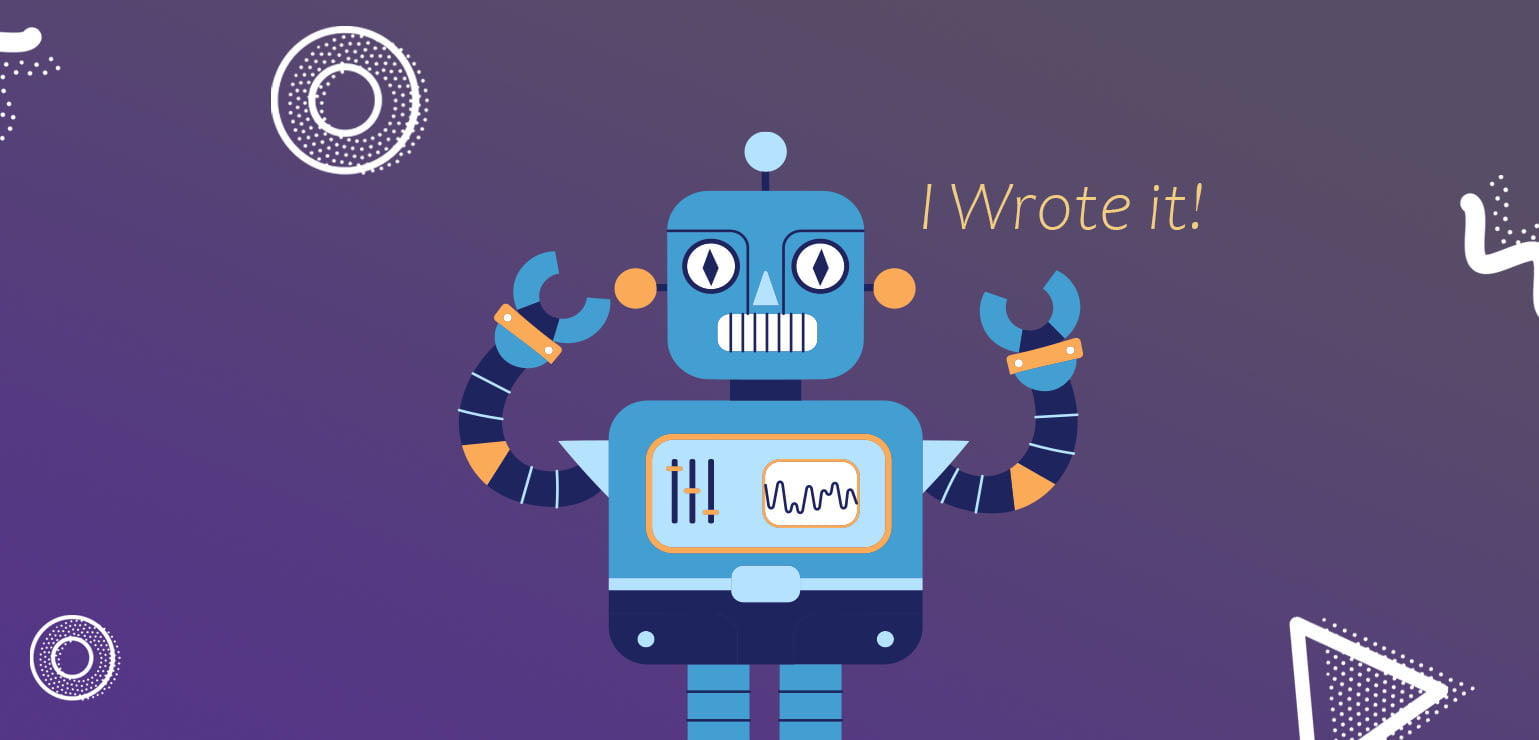
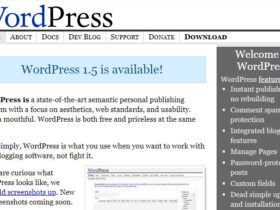
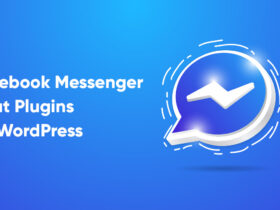



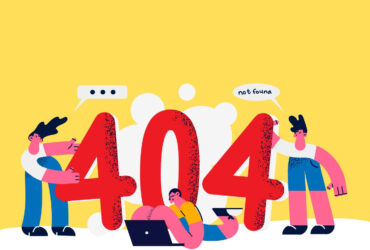


lascia un commento